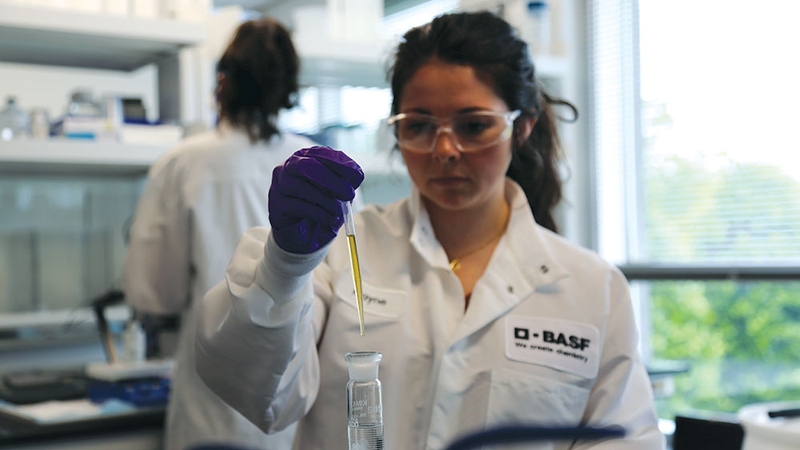International Collaborators on Face Mask Research Receive Best Paper Award
International collaborations in science are gaining attention, particularly in areas that have global impact.
Through the recent COVID-19 pandemic, personal protective equipment like surgical gowns, face masks, and hospital drapes played important roles in offering necessary and added protection to save lives.
The Nonwovens and Advanced Materials laboratory at Texas Tech University (TTU) undertook projects to highlight the usefulness of face masks in controlling the pandemic. A new concept, FISOR, evolved out of the latest research.
Asthagiri Herbal Research Foundation in Chennai, India, collaborated with the TTU Nonwovens Laboratory to highlight the accumulation of microbes on face masks and the need to focus more on hygiene. This collaborative paper was published in the flagship peer-reviewed journal TAPPI Journal, published by the Technical Association of Pulp and paper Industry, in January 2022.
On Feb. 10, 2023, the paper “Microbial load and proliferation associated with various face mask types and sources during the COVID-19 pandemic”was recognized as the co-recipient of the Best Paper Award for 2022 published in TAPPI Journal. In addition, this work is also recognized as co-recipient of the Honghi Tran prize.
The authors of the paper are Narasimhan Srinivasan, Meenakshi Balakrishnan, James Ayodeji, and Seshadri Ramkumar.
While the work focuses on the importance of face masks, the journal notes that this is the first ever paper in the nonwovens/textiles field to receive the best paper recognition—credible recognition for the growing area of nonwovens.
Dr. Narasimhan Srinivasan, Chairman of the Asthagiri Herbal Research Foundation, has been a colleague of Nobel Laureate Herbert Brown and has undertaken research at Purdue University on hydroboration developing chemical reagents. He says that “international collaboration provides resources that are complimentary, including research expertise to solve common and global problems.”
New areas such as biobased processes and products should provide new avenues for research in textiles and materials science, he states. His research organization is now working on herbal blends that promote immunity, antimicrobial filters, and drugs for novel anticancer leads.
The nonwoven and advanced textiles sector can gain much by multidisciplinary approaches involving organic chemistry and natural products chemistry leading to translational research. Such collaborations are needed as the industry is focusing its attention on sustainability, climate change, and other factors.










